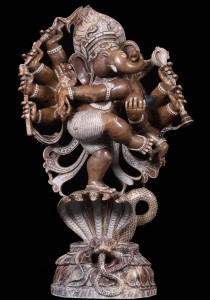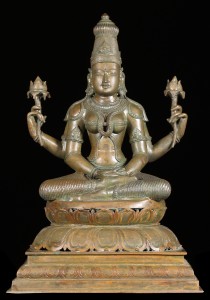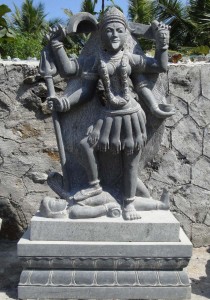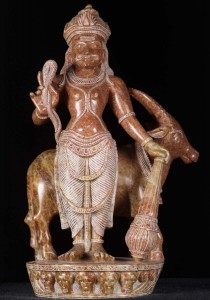In an age of diluted markets in which lean manufacturing processes aim to flood the economy with low priced products, one-of-a-kind, Thai Buddha statues, like those of native Thai artisans, lay unseen to most of the world. Lotus Sculpture gives local Thai artisans new life, sharing their priceless creative masterpieces with the world.
Upon first traveling to Chiang Mai, Thailand in 1995 Kyle Tortora recognized the need for these beautiful hand-made Thai Buddha statues to be shared on a global scale.
It became increasingly clear that unless traveling across Thailand in person, purchase of these unrivaled Buddha sculptures was nearly impossible to the outside world. Lotus Sculpture was started to bridge the gap between local Asian artists and western tastes for these stunning works of Buddhist statuary.
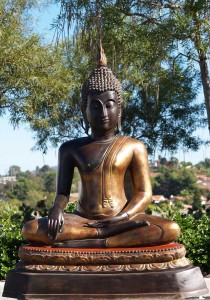
Kyle regularly travels to Southeast Asia to visit with local artisans and hand-pick Buddha statues to buy directly, sometimes a year in advance of production. By buying directly from local Thai artisans, Lotus Sculpture is able to bypass any middle man and give struggling artisans the financial support they need to expand their businesses. Since making his dream a reality by founding Lotus Sculpture in 2002, Tortora has personally watched small two person workshops grow to employ over 35 artisans.
The casting techniques used to create Thai Brass Buddhist statues are a true art form that have been passed on for generations within local families. Not only does Lotus Sculpture get to partake in giving an artistic platform to these irreplaceable works of Buddhist art, it is able to bring global enterprise to those without the resources to do so themselves.
In a world where quantity often reins champion over quality, it is the aim of Lotus Sculpture to give life to an industry that has often struggled. With the arrival of its newest shipment of over a 200 Thai brass Buddha statues directly from Bangkok, Lotus Sculpture once again champions local Thai artists without the opportunity to share their creative visions on a mass scale.
Watch for all the newly arrived Thai Brass Buddha statues as they are added daily in our New Arrivals Section

